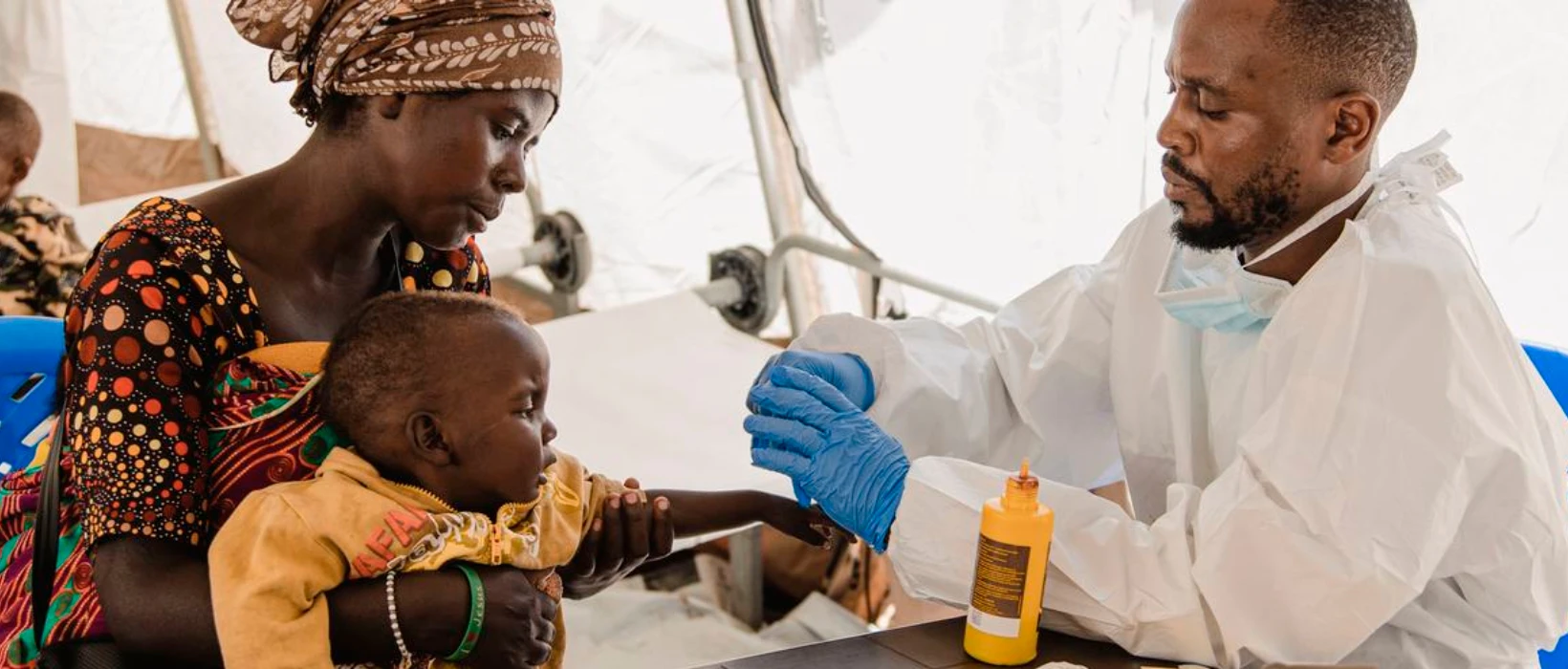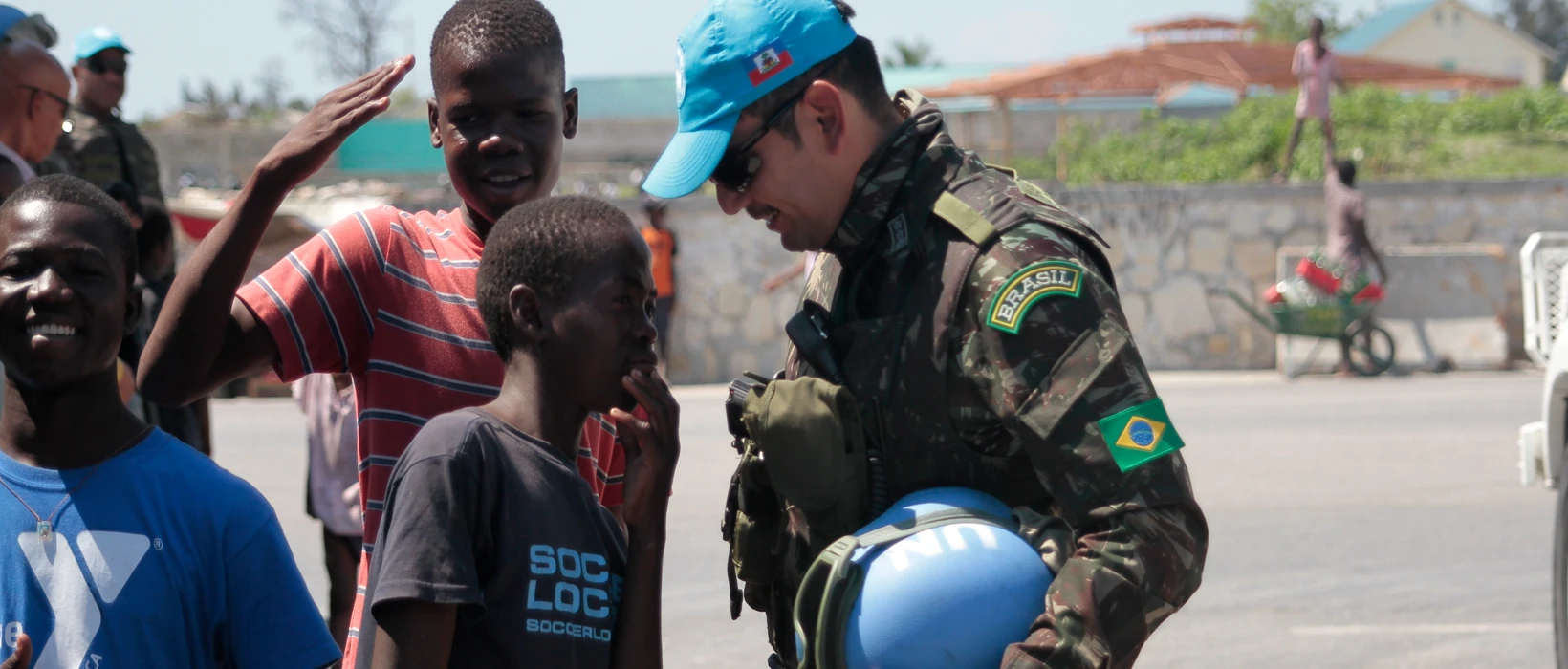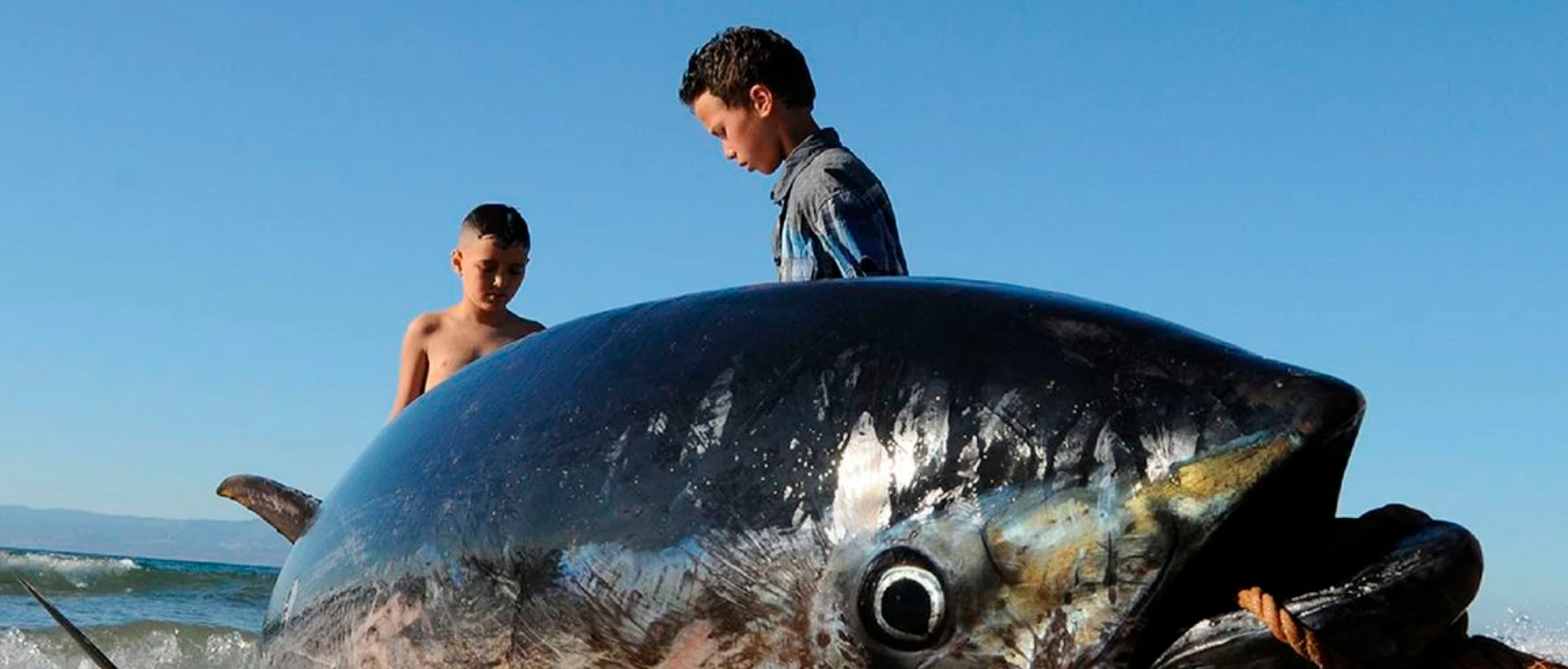The World Health Organization (WHO) has raised an alert over outbreaks of anthrax in the Democratic Republic of the Congo (DRC), specifically in the eastern province of North Kivu—a region already impacted by ongoing violent conflict between government forces and M23 rebels, among other armed groups.
Anthrax is a bacterial infection that primarily affects animals but can be transmitted to humans either directly or indirectly through contact with infected animals or contaminated animal products.
Human-to-human transmission of anthrax is considered rare, and the disease is not generally seen as contagious between people.
Authorities in the DRC have confirmed that the outbreaks are occurring in four areas surrounding Lake Edward, near the border with Uganda. On the Ugandan side, seven suspected cases have also been reported in the western district of Kabale.
So far, the outbreak has claimed one life, prompting WHO and the Congolese Ministry of Health to scale up their response efforts. These include a new phase of livestock vaccination and an assessment of the risk of the infection spreading, aimed at bolstering disease surveillance.
Health officials are working to identify the source of the outbreak and the chains of transmission, while also delivering medicine and treatment to affected populations. The WHO is prioritizing efforts to prevent further spread of the disease from animals to humans.
Anthrax presents in three forms in humans, all of which require immediate medical attention. The most common is cutaneous anthrax, which occurs when spores enter through a break in the skin, causing an itchy bump that can develop into an ulcer. This form can lead to symptoms such as headache, muscle pain, fever, and vomiting.
Gastrointestinal anthrax results from consuming contaminated meat and presents as severe food poisoning, with symptoms ranging from intense stomach pain to bloody vomiting and diarrhea.
The rarest and deadliest form is inhalation anthrax, which begins with flu-like symptoms and can quickly progress to severe respiratory issues and shock. All forms require hospitalization.
Anthrax can be treated with antibiotics, and vaccines exist for both animals and humans. However, supplies remain limited.
Initial alerts about the outbreak surfaced on March 22 in Virunga National Park, when dozens of buffalo and hippos were found dead—an early sign of the unfolding health emergency.












